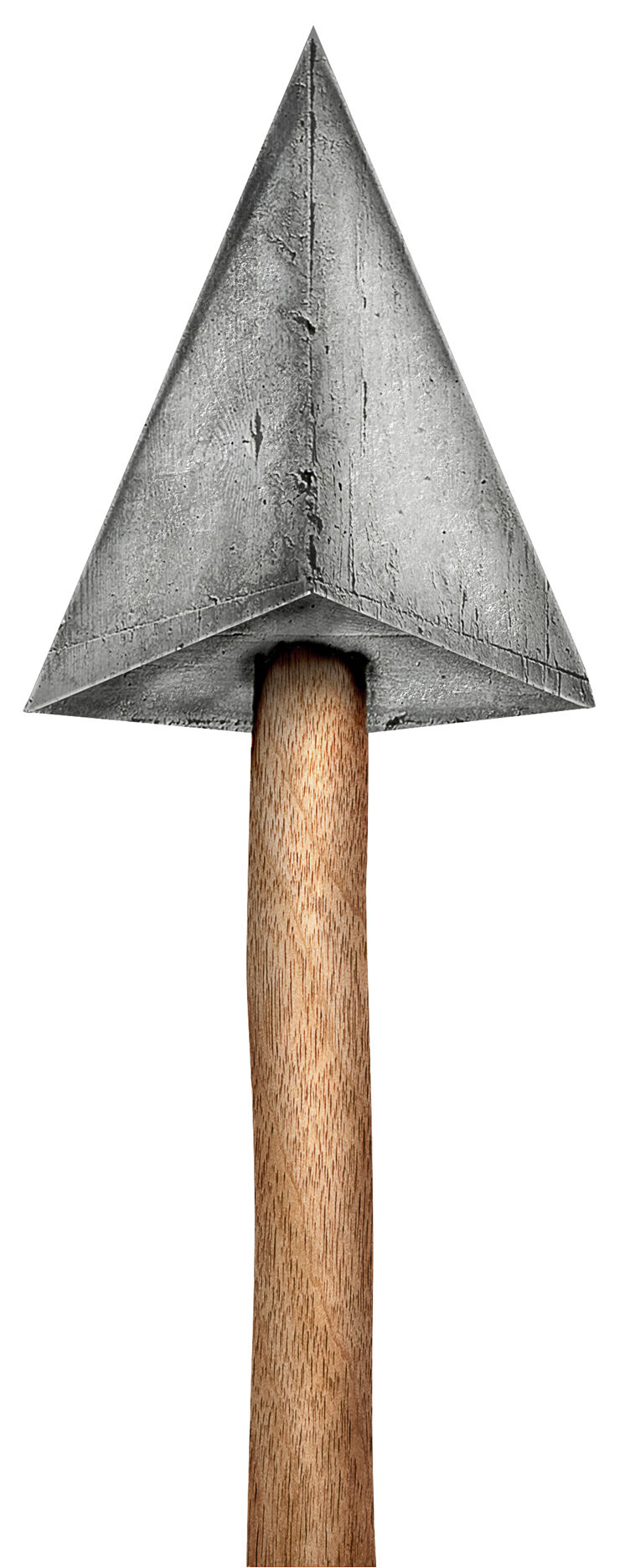Types of Arrows and Arrowheads
Depending on their intended use arrows for archery can be widely different although their basic shape stays the same. They all have arrowheads, shafts, fletchers and nocks, but this is where the similarities end. They can widely differ if we look at the parts from which they are made.
Arrow which is thickest at the area right behind the fletchings, and becomes narrower towards the nock and head is called “breasted arrow”. “Bob-tailed arrow” is thickest right behind the head, and tapers to the nock. Arrow that is thickest in the centre of the shaft is called “barreled arrow”. If an arrow has a shaft that is made of two different types of wood fastened together, it is called “footed arrow.”
Arrows can be differentiated by the material from which their shafts are made. Shafts can be made from wood and these arrows are used with bows that have lesser power because they can break. Carbon shafts are light but brittle and must be controlled often because they can break in shards and hurt the archer. Arrows with aluminum shafts are lighter than wooden but heavier than carbon and much more practical than any of them.
Fletchings can be made from bird feathers or from synthetic materials. From three to six fletchings are glued at the end of the arrow and they can run parallel with the shaft or they can be helical, glued under angle to give the arrow a spin which gives better accuracy. Arrows used for proofing of armor (testing of the armour) had copper fletchlings.
Nock is a part of an arrow that keeps the arrow in place on the string. It can be just a cut at the end of the shaft or a piece of plastic with a slot that serves the same purpose.
Different arrowheads are used depending on the purpose of the arrow. Some arrows have sharpened tip of the shaft while other have an arrowhead as a separate part:
Bodkin points were made of unhardened iron and were short, rigid with points and a small cross-section. They were used in wars and were built to extend range or as a cheaper and simpler alternative to the broadhead.
Blunts (as their name says) had no points and were used for target practice or for hunting small game where they would stun the target without damaging it. They are usually made of metal or hard rubber.
Judo points are arrowheads that have spring wires that are placed sideways from the tip which can be pointed or blunt. Role of these springs is to catch on the vegetation in case of a miss and prevent arrow from being lost. They are used for training and small game.
Broadheads have two to four sharp blades and were used in war. Today are used for hunting and can be “fixed-blade” which has rigid blades and the “mechanical” which has blades that are closed while the arrow flies and which spread when arrow hits the target.
Target points are shaped like a bullet and have a sharp point. They are designed to make as little as possible damage to the targets they hit.
Field points or tips look like target points but have a narrower point and a shoulder which helps them not to get stuck in obstacles in case they miss the target. Hunters use them also for practicing because they have similar flight characteristics and weights as broadheads but don’t get stuck in trees.
Safety arrows have arrowheads that are very wide or padded. These arrows are used in the reenactment combat and are made so they don’t hurt those that are hit.

